No one likes to get their car inspected, but it is an absolute must if you want your car running at peak performance and safety. A vehicle safety inspection, like the one from vtv turnos malvinas argentinas, is designed to check all of the critical components that keep your car functioning properly, so understanding what will be checked during this process can help prepare you for an easy pass. If you’re looking for ways to ace that pesky vehicle safety inspection, then look no further — this guide will cover everything you need to know about passing with flying colors. So read up – let’s get ready for a smooth sailing ride together.
What Is a Vehicle Safety Inspection?
Imagine driving a cool supercar only to find out that your car isn’t supposed to be on the road, be it due to its lacking safety features or simply not qualified to be on the road. A vehicle safety inspection is designed to check for any potential hazards that could harm you and your passengers, as well as other drivers on the road. The inspection looks at parts such as brakes, headlights, taillights, and other indicators of a potentially dangerous car.
Why Does My Car Need to Be Inspected?
So why exactly does your car need to be inspected? Well, the purpose of a vehicle safety inspection is to make sure your car is safe to drive, which in turn helps prevent costly accidents due to mechanical failure. And if you’re ever stopped by the police for any reason, they may require that your car has a valid safety inspection certificate before letting you go on your way.
What Does a Vehicle Safety Inspection Entail?
 The exact components that will be inspected vary depending on the region and jurisdiction you live in, but most vehicle safety inspections include checking for brake and tire wear, as well as any signs of mechanical failure or damage.
The exact components that will be inspected vary depending on the region and jurisdiction you live in, but most vehicle safety inspections include checking for brake and tire wear, as well as any signs of mechanical failure or damage.
Inspectors may also check the engine, transmission, suspension system, lighting systems, exhaust system, and any other components that could potentially be hazardous. Mechanics may also check the underside of your car to ensure no loose parts or components.
What Do I Need to Know Before an Inspection?
Before you get your vehicle inspected, there may be specific requirements in your state or region that you need to meet for your car to pass the inspection. Ensure you familiarize yourself with these rules before heading to the shop, as failing to do so may result in a failed inspection and hefty fines. On top of that, you’ll want to ensure your car is in good condition – which means checking all the components that will be inspected and any fluid levels (such as oil, coolant, and brake fluid).
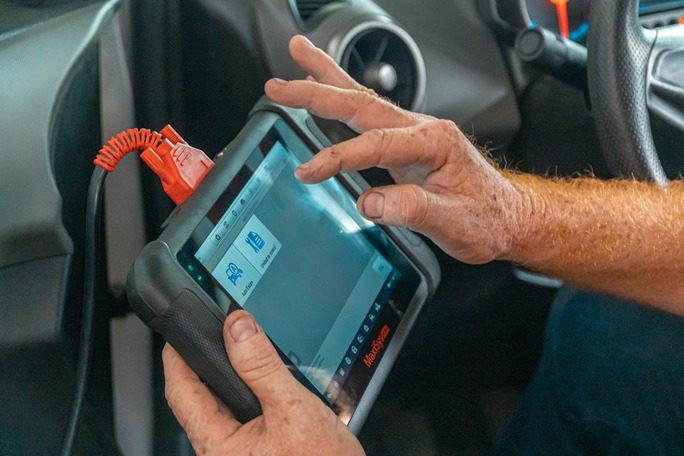
How Can I Pass the Inspection?
Once you have armed yourself with the inspection requirements for your area, it’s time to head to the shop and get started. To help ensure a successful inspection, bring all of your paperwork (such as your registration and proof of insurance) and any repair records you might have. Mechanics will also be able to answer any questions you may have about the inspection process, so don’t hesitate to ask if something is unclear or confusing.
So what’s the bottom line? Passing a vehicle safety inspection doesn’t have to be a daunting task – just ensure you know what will be checked and that your car is in good condition before heading to the shop. With a little preparation, you’ll be able to ace that pesky vehicle safety inspection in no time.…


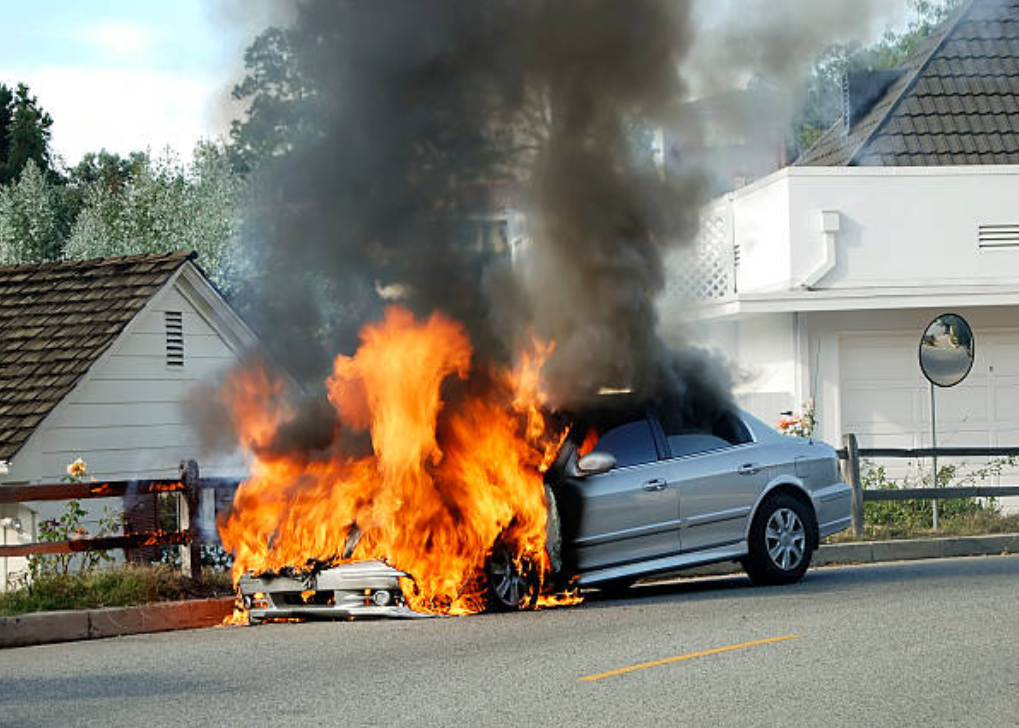
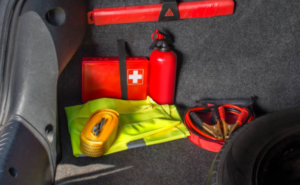


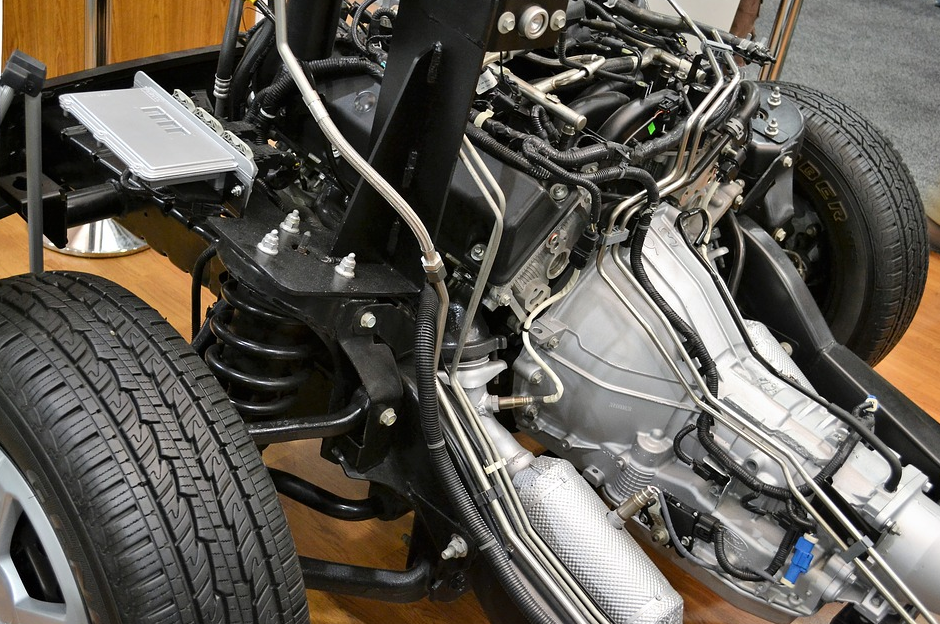
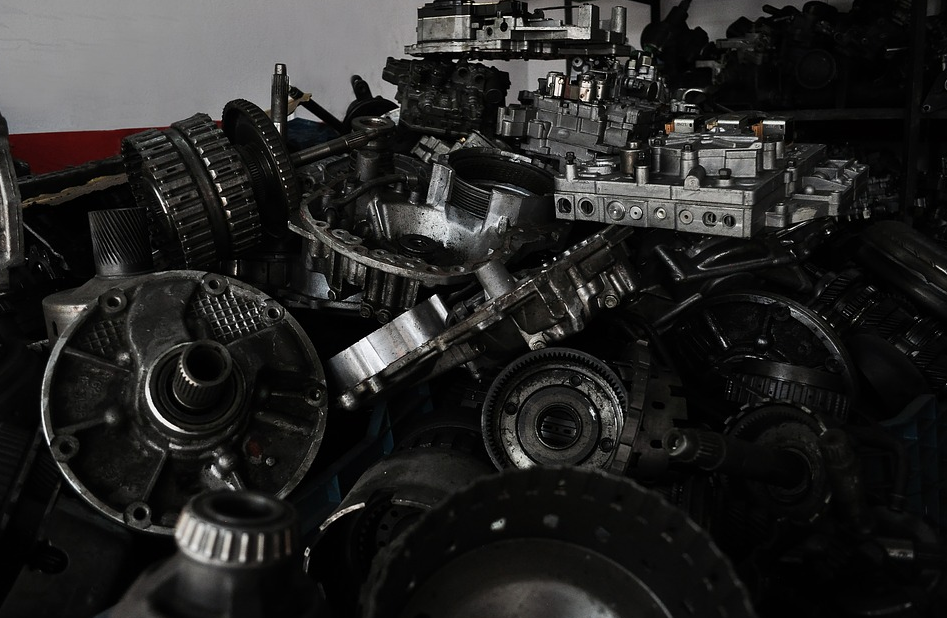 Most parts that are in today’s market tend to be used or new parts. You should make a point of knowing if the parts you are going to buy are new or used. Both new and used parts tend to have their fair share of advantages and disadvantages.
Most parts that are in today’s market tend to be used or new parts. You should make a point of knowing if the parts you are going to buy are new or used. Both new and used parts tend to have their fair share of advantages and disadvantages.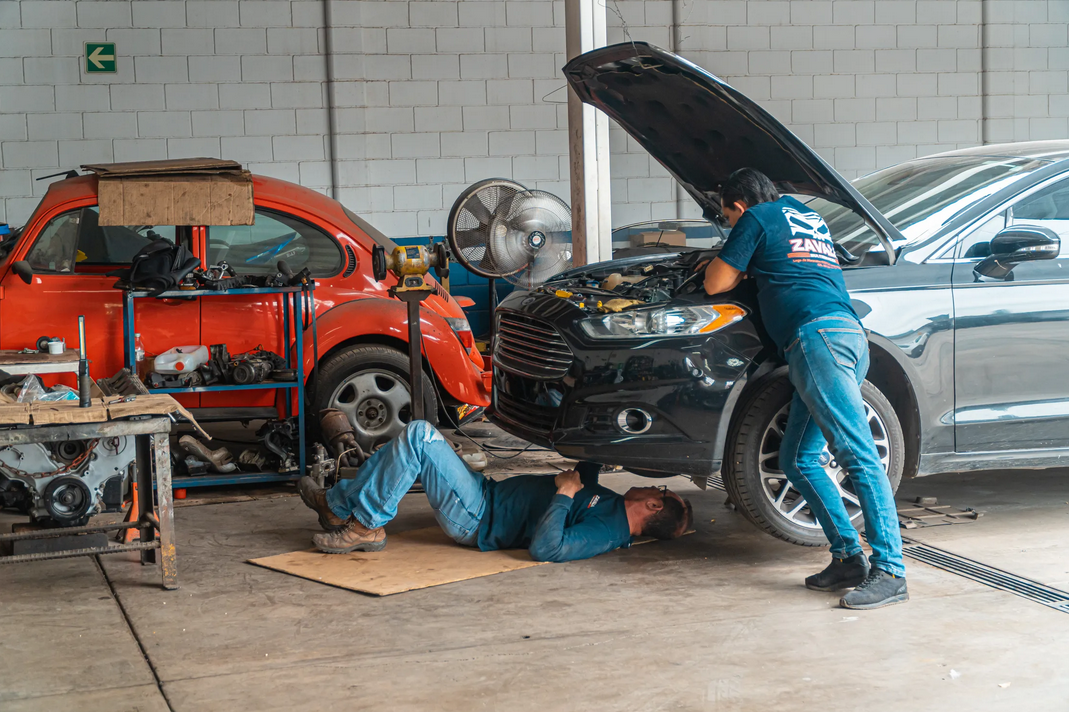 Since the demand for Auto parts tends to be increasing, many have gotten into the business. Unfortunately, not all parts being sold are genuine. It is no surprise to find fake brands and products in the market purporting to be authentic.
Since the demand for Auto parts tends to be increasing, many have gotten into the business. Unfortunately, not all parts being sold are genuine. It is no surprise to find fake brands and products in the market purporting to be authentic.